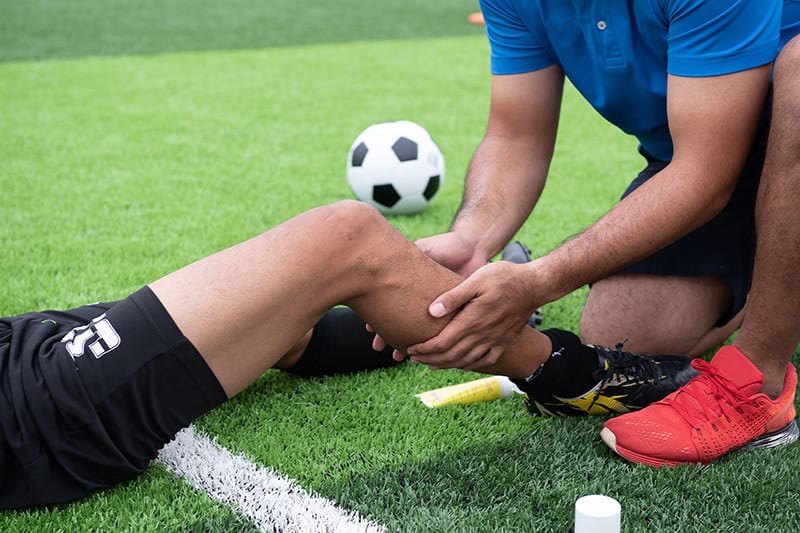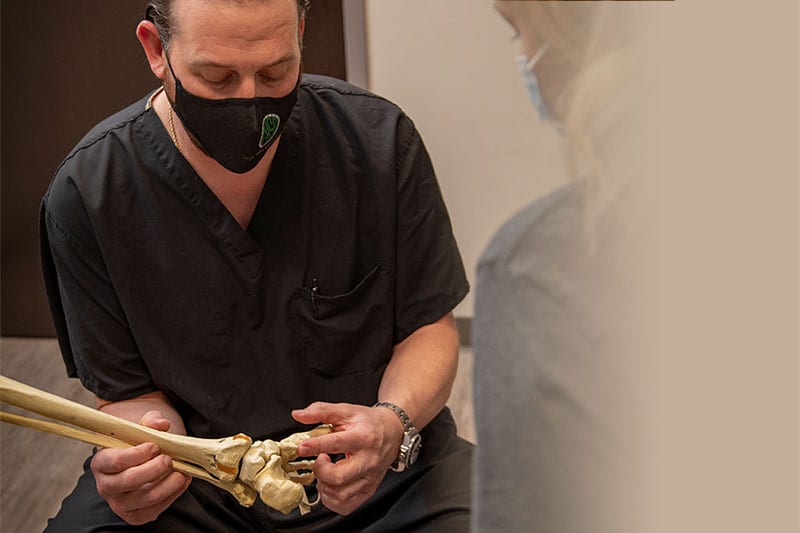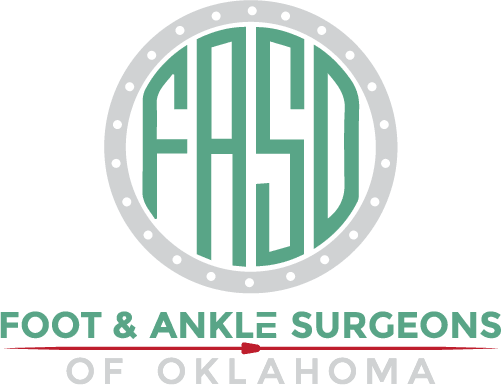
Achilles Tendonitis
Foot and Ankle Surgeons of Oklahoma is highly skilled at diagnosing and treating Achilles Tendonitis. The Achilles tendon is the largest tendon in the body. It connects your calf muscles to your heel bone and is used when you walk, run, jump, climb stairs and stand on your tiptoes. Although the Achilles tendon can withstand great stresses from running and jumping, it is also prone to tendinitis. Achilles Tendonitis is a common condition that occurs when the large tendon that runs down the back of your lower leg becomes irritated and inflamed.
There are two types of Achilles Tendonitis, based upon which area of the tendon is inflamed: Non-insertional Achilles Tendonitis and Insertional Achilles Tendonitis.
Causes
The plantar fascia is designed to absorb the high stresses and strains we place on our feet. But sometimes, too much pressure damages or tears the tissues. The body’s natural response to injury is inflammation, which presents itself as the heel pain and stiffness associated with plantar fasciitis. In most cases, plantar fasciitis develops without a specific, identifiable reason. However, many factors make you more susceptible to the condition. These include:
- Obesity
- High arches
- New or increased activity
- Repetitive impact activity, such as running or playing sports
- Tighter calf muscles that make flexing your foot or bringing your toes toward your shin difficult



Symptoms
Some patients experience a sudden “pop” in the back of their calf or heel, which signifies a potential rupture (tear) in the Achilles tendon. If this happens, call your doctor immediately. Other common symptoms include:
- Pain and stiffness along the Achilles tendon in the morning
- Pain along the tendon or back of the heel that worsens with activity
- Swelling that is constant and gets worse throughout the day with activity
- Severe pain the day after exercising
- Thickening of the tendon
- Bone spur
Treatments
The Foot and Ankle Surgeons of Oklahoma offers diagnosis and treatment for a wide range of orthopedic injuries and conditions, including Achilles Tendonitis. Our team of orthopedic surgeons, physical therapists and athletic trainers are committed to helping patients find relief and return to the highest level of activity possible.
In most cases, nonsurgical treatment options will provide pain relief, although it may take a few months for symptoms to completely subside. In addition to these options, the Foot and Ankle Surgeons of Oklahoma offers supportive shoes and orthotics that can reduce tendon irritation throughout recovery.
If the pain does not improve after 6 months of nonsurgical treatment, surgical treatment is typically considered to relieve Achilles Tendonitis. The specific type of surgery recommended depends on the location of the tendinitis and the amount of damage to the tendon.
To schedule an appointment, call us at 405-463-4140.
Give us a call or fill out the form to schedule your appointment.
Meet Our Staff
Our foot and ankle surgeons have extensive training in the diagnosis, treatment and prevention of foot and ankle disorders. Let us help you get moving again.

